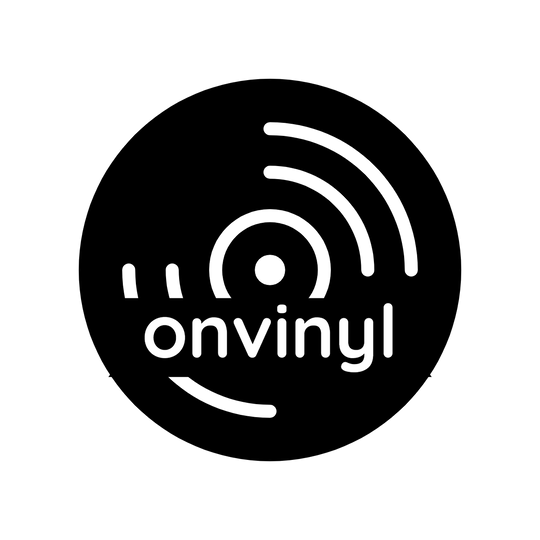· By D Millar
Living the Vintage HiFi Dream – Turntable update!
I’ve talked recently about my desire to get into vintage HiFi gear, and I’ve been lucky enough to make some real progress. Writing that earlier blog on old-school audio gave me the push to start looking seriously at what’s out there. Good old Trade Me turned up some interesting gear—dodgy photos, vague descriptions, and a general mix of info and misinformation. It’s a bit of a minefield, really, which is why research, condition, and ownership history are so important.
 During a late-night scroll, I stumbled across some ReVox gear, complete with grainy, low-res photos. (More on the rest of the haul soon.) But the big score? A very tidy ReVox B790 linear tracking turntable from around 1977–1982. I’d heard of this lovely bit of audiophile kit but had never seen one in person—bit of a unicorn in NZ. These Swiss-German machines were almost impossible to get here back in the day due to import restrictions. Most gear sold here was either assembled locally or had NZ-made components. That’s what makes ReVox gear so rare—personal imports were the only way to get them.
During a late-night scroll, I stumbled across some ReVox gear, complete with grainy, low-res photos. (More on the rest of the haul soon.) But the big score? A very tidy ReVox B790 linear tracking turntable from around 1977–1982. I’d heard of this lovely bit of audiophile kit but had never seen one in person—bit of a unicorn in NZ. These Swiss-German machines were almost impossible to get here back in the day due to import restrictions. Most gear sold here was either assembled locally or had NZ-made components. That’s what makes ReVox gear so rare—personal imports were the only way to get them. So, when the big original box arrived, I was excited. Inside was a remarkably clean B790 in almost untouched condition. The unit hadn’t been used in over thirty years, but came with its original packaging, a nearly mint Perspex lid, the deck itself in excellent nick, and even the original German owner’s manual with full circuit diagrams. Time to proceed, with caution.
YouTube was, once again, a lifesaver—plenty of videos showing what to look out for and what can go wrong. I booked it in with super knowledgeable Peter, “The Turntable Guy,” for a check-up. After going over it, he suggested a new Ortofon cartridge (the old one was toast), a service, and replacement of a few components. Nothing too major—just the kind of thing someone with Peter’s experience could sort quickly.

A bit of tech info... The ReVox B790 is a high-fidelity, linear tracking turntable made by Studer-Revox in the late ’70s. Instead of a traditional pivot arm, it uses a linear tracking tonearm that moves in a straight line, just like the cutting lathe. This greatly reduces tracking distortion and keeps the stylus in optimal contact with the groove. The arm is dynamically balanced and travels on a motorised, low-friction carriage, guided by optoelectronic sensors. It’s direct drive, quartz-locked, with variable speed control at 33⅓ and 45 RPM—super accurate and low in wow and flutter.
The die-cast aluminum platter sits on a solid, vibration-resistant chassis. It’s fully automatic—cueing, playing, and returning the arm at the press of a button—with minimal mechanical complexity, so there’s less to go wrong. Capacitive touch controls and a clean digital display add a slick, futuristic feel. The proprietary tonearm and cartridge setup limits upgrades, but it’s designed to perform brilliantly straight out of the box. No surprise it’s still a cult favourite among audiophiles.
How does it sound? Surprisingly good. Very smooth, easy to use, and the auto return is a bonus. The stylus and cartridge are safely tucked inside the tonearm housing, and the whole unit feels solid and well-built. Some surfaces have that classic Nextel coating, which goes tacky over time—but that can be cleaned gently with warm water and a microfiber cloth. Just don’t strip it; refinishing is a huge hassle.
I’ve been incredibly lucky to get my hands on this piece of gear. It’s been a joy to explore, especially since it arrived in such original, unmessed with condition. This thing is like an old-school Mercedes E-Class—solid, reliable, and built to last. Quality shines through.
The key takeaway? Do your research, know what you’re buying, and find a good tech who knows their stuff. Makes all the difference.
Cheers
David

